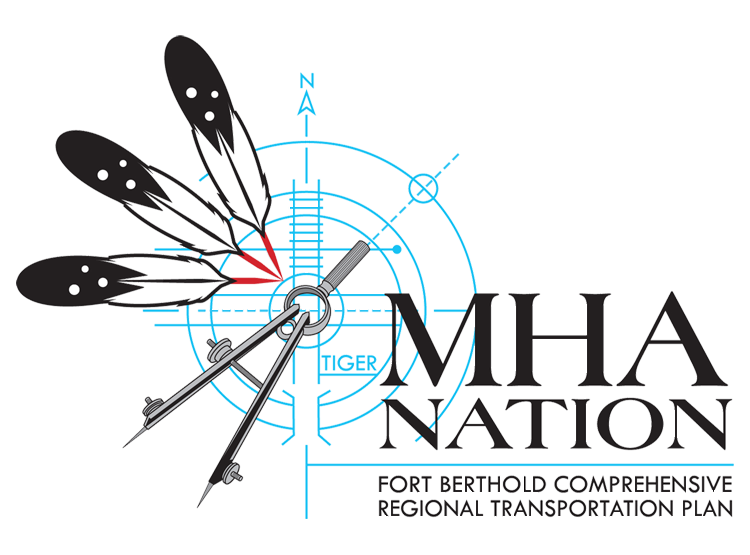At the recent Fort Berthold Technology & Innovation Summit held this summer, Marty Robbins presented on the feasibility of using hovercraft to ferry across Lake Sakakwea, providing the possibility of nearly year-round service not possible using traditional watercraft. (Exceptionally windy and/or foggy days and required maintenance could potentially prevent the vessels from being operated on occasion.) As a subconsultant on the Fort Berthold Ferry and Transit Plan, a component of the larger Fort Berthold Comprehensive Regional Transportation Plan Bubar & Hall Consulting, LLC, is leading, Robbins compiled a report outlining some of the potential vessels and required landside infrastructure necessary for running a safe, reliable, and effective ferry service on Fort Berthold.
The recommended hovercraft water taxi that would connect multiple points around the lake would ideally be able to accommodate up to 20 passengers as well as be able to handle severe winter weather. If MHA Nation chooses a larger hovercraft ferry vessel similar to that operated by the Aleutian East Borough in Alaska for fixed crossing between two strategically selected, centrally located points on the lake, such a vessel could carry “49 passengers and perhaps 6 automobiles or some light trucks with trailers. Optimal sizing would probably allow for 12-15 tons of vehicle weight as the upper limit on payload.” Crew would have to be licensed by the US Coast Guard.
As far as landside infrastructure that would be required, hovercraft have more flexibility in where they land, so existing docks and boat ramps could be utilized for the water taxi service (though some improvements would be necessary). For the ferry, currently LSC Transportation is looking at Old Highway 8 as the best central crossing option, which would require road infrastructure as well as the construction of terminals on either side. One of those terminals would also need to include hangars for protecting the hovercrafts.
In Marty Robbins’ experience, if done correctly and with proper planning and attention to detail, the footprints of a hovercraft ferry and water taxi service can be quite benign, with negligible negative impacts. However, an environmental study and application for permitting will have to be undertaken and ultimate approval given before the water taxi or ferry service were to get underway. In terms of operating the proposed service, it is believed that the US Army Corps of Engineers would have jurisdiction over the service and would probably delegate the oversight and regulation of ferry operations to the US Coast Guard.
For more details on the proposed hovercraft, infrastructure, and implementation plans in the event of approval, read Marty Robbins full thoughts, located in the Resources on the page for the Ferry Project! We want to hear your thoughts and questions!

